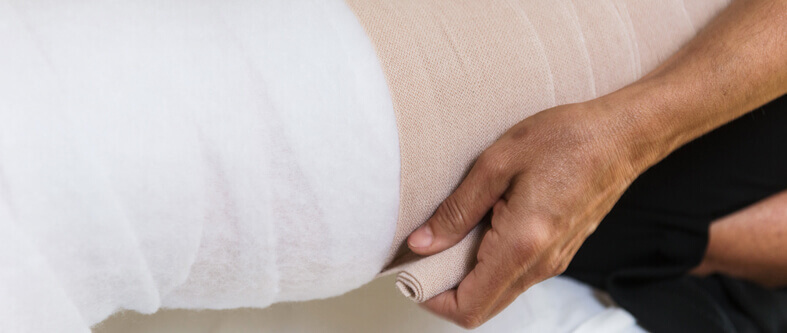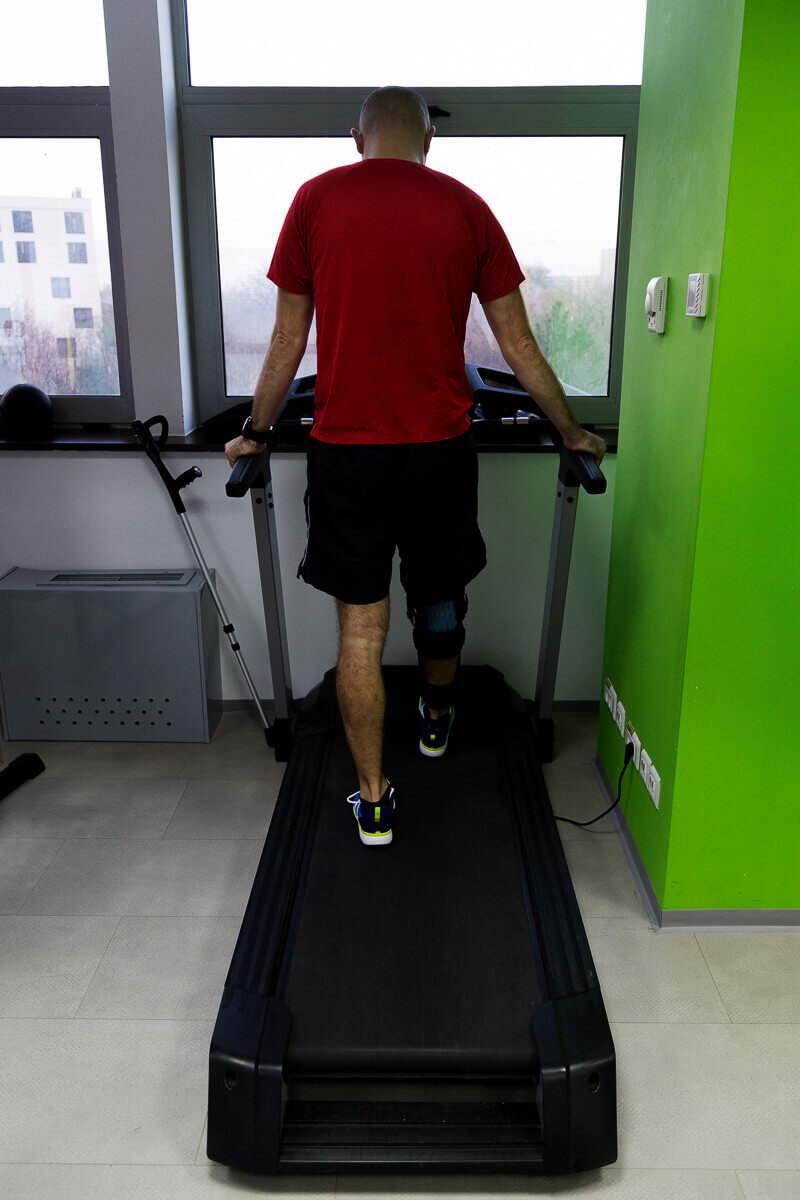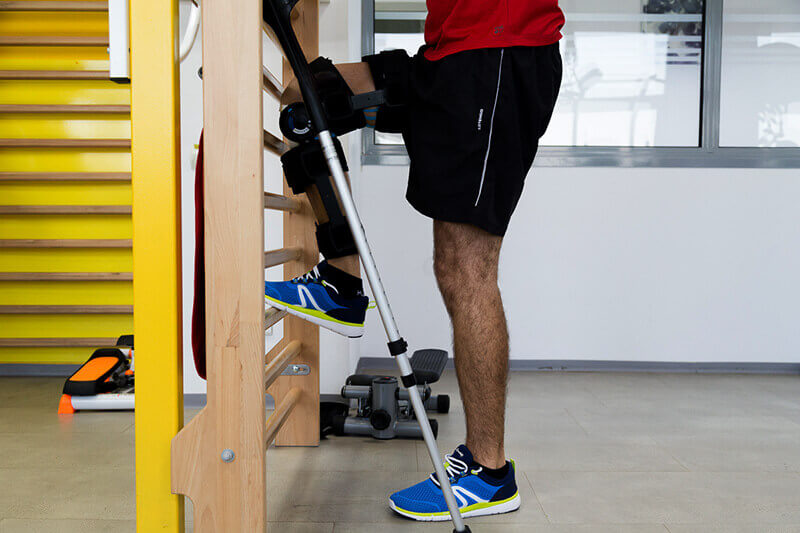Actualizat: 18-03-2025 / Publicat: 25-01-2017

Physical therapy after fractures
The fracture represents the interruption of bone continuity. It can occur at any age, but in children, although trauma is more common, fractures are rarer, due to the fact that they have more elastic bones, a lighter body and less developed muscles.
The cause of a fracture is trauma or mechanical stress. It can occur through direct or indirect mechanism.
- Direct action: the force acts directly on the superficial bones, covered only by the skin or after crushing soft parts. The fracture occurs at the same level.
- Indirect action: the fracture occurs at a distance from the place of application of the force, by bending, twisting or compression.
The area can be diaphyseal (middle part of the bone), metaphyseal (towards the end of the bone), epiphyseal (at the end of the bone). Usually, the fracture is complete. In children it may be incomplete in bending fractures (green wood fracture); also in children, the fracture can occur in the growth cartilage (epiphyseal detachment).
Clinical signs present in a fracture include pain, local bruising, deformity of the affected region, limb shortening, and total functional impotence. The diagnosis is radiological, an examination that must be done in case of any bone trauma. Sometimes, for additional information, CT or MRI is needed.
![]()
Any fracture can be treated in two ways: orthopedic treatment or surgical treatment. Orthopedic treatment involves immobilization in a plaster cast / orthosis that allows the immobilization of the affected limb, thus facilitating callus formation and physiological healing.
At the same time, the surgical treatment involves surgical interventions of variable complexity, using various implants (centromedullary rods, plates, prostheses) so as to obtain the anatomical reduction and fixation of the fracture path.
Even postoperatively, different types of fractures will require a period of immobilization in which the patient will not move the operated limb. Thus, at the end of the immobilization period, the patient will present a significant articulation stiffness, but also muscle atrophies of different degrees, due to the fact that the limb has not been used for a long time. Therefore, the healing process of a fracture does not only include the process of strengthening it, but also the recovery program that will help you resume your daily activities and enjoy an active and healthy lifestyle.
Such a well-structured program will help you resume both sports and recreational activities. Physical therapy should be initiated by the orthopedist and continued under the guidance of the recovery physician.
Physical therapy has the following purposes:
• Articulation mobility: is important for resuming all types of movements;
• Muscle toning: will contribute to greater stability of the affected articulations. Maintaining the strength of these muscles can lead to the disappearance of pain and can prevent future injuries.
These problems can also occur in articulations that are not directly involved in the fracture. For example, a fracture of the humerus can lead to articulation stiffness in the elbow or wrist just because the shoulder has been immobilized in a Dessault orthosis / bandage for a few weeks.
![]()
When should you start medical recovery?
The ideal time to start the recovery program depends on the type and location of the fracture. Normally, our physiotherapists try to prevent joint stiffness during the 6 weeks necessary for the formation of the initial callus in the neighboring articulations. After 6 weeks or later if radiological investigations indicate poor healing signs, the physiotherapist will work to regain full range of motion and strengthen muscle in the muscle masses acting on the fracture path.
How can I find out more information?
Please contact one of our doctors for additional information specific to your fracture, especially if you feel that you have not made satisfactory progress in the healing process or if mobility is compromised.








































































































































